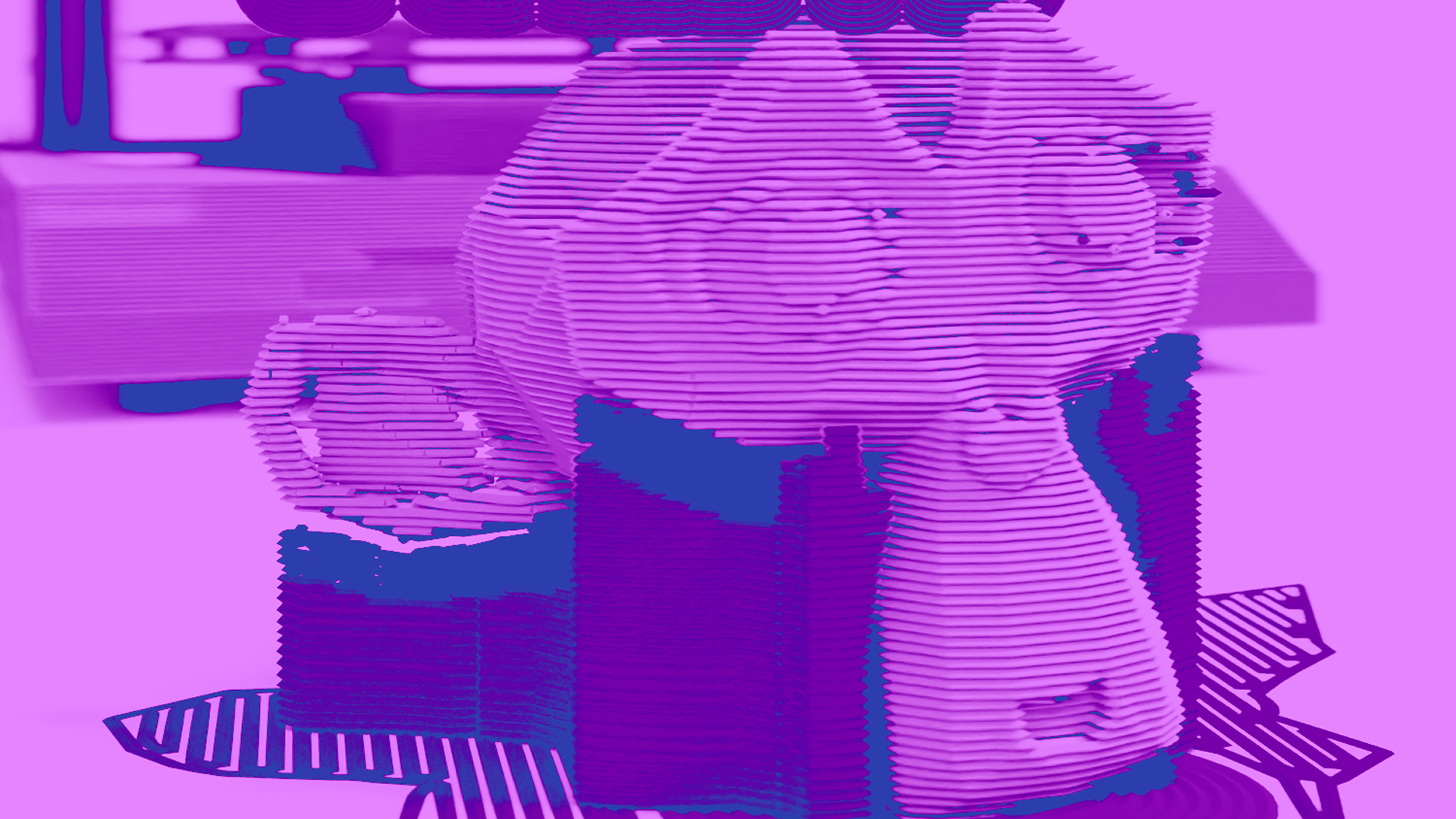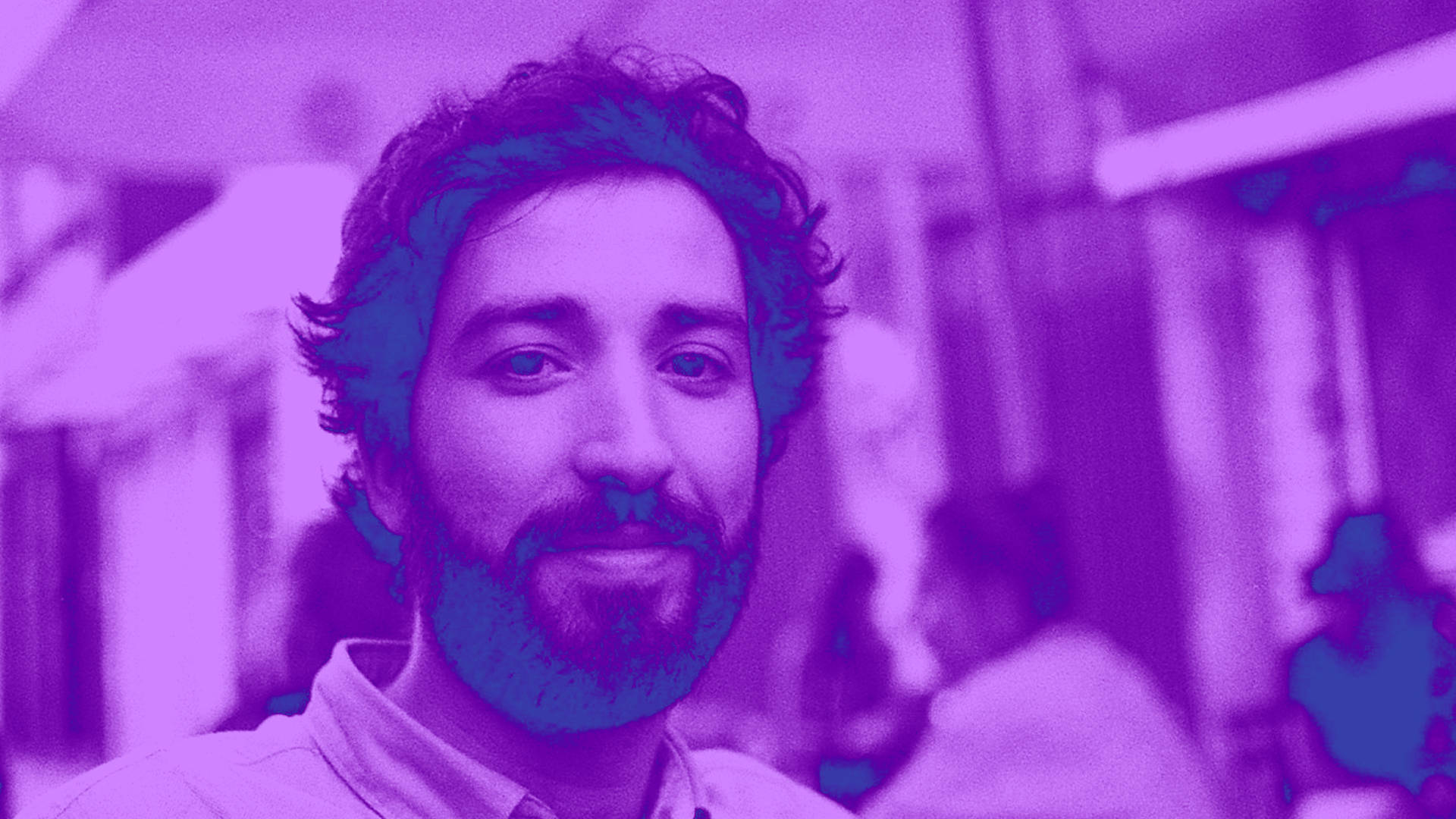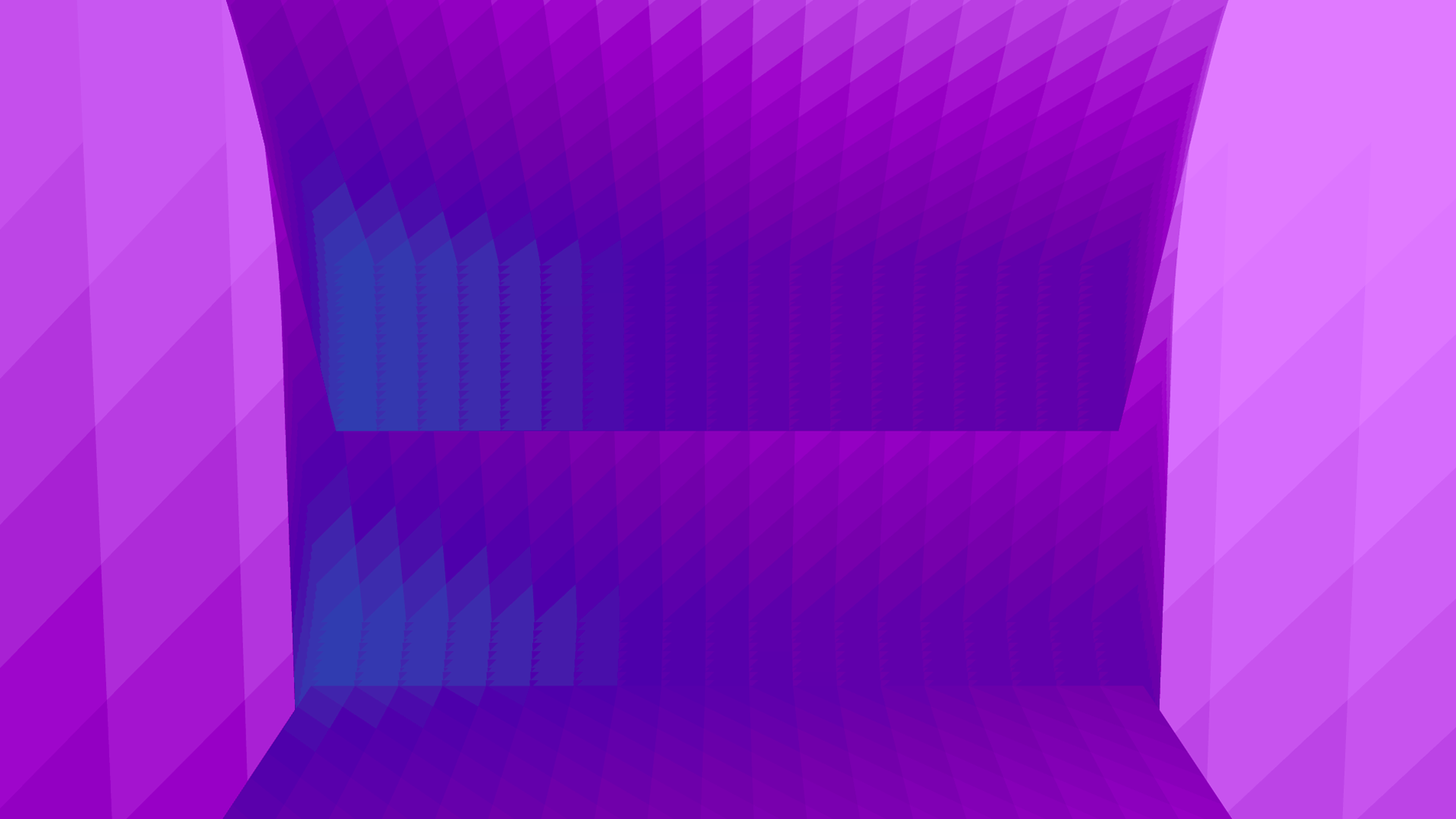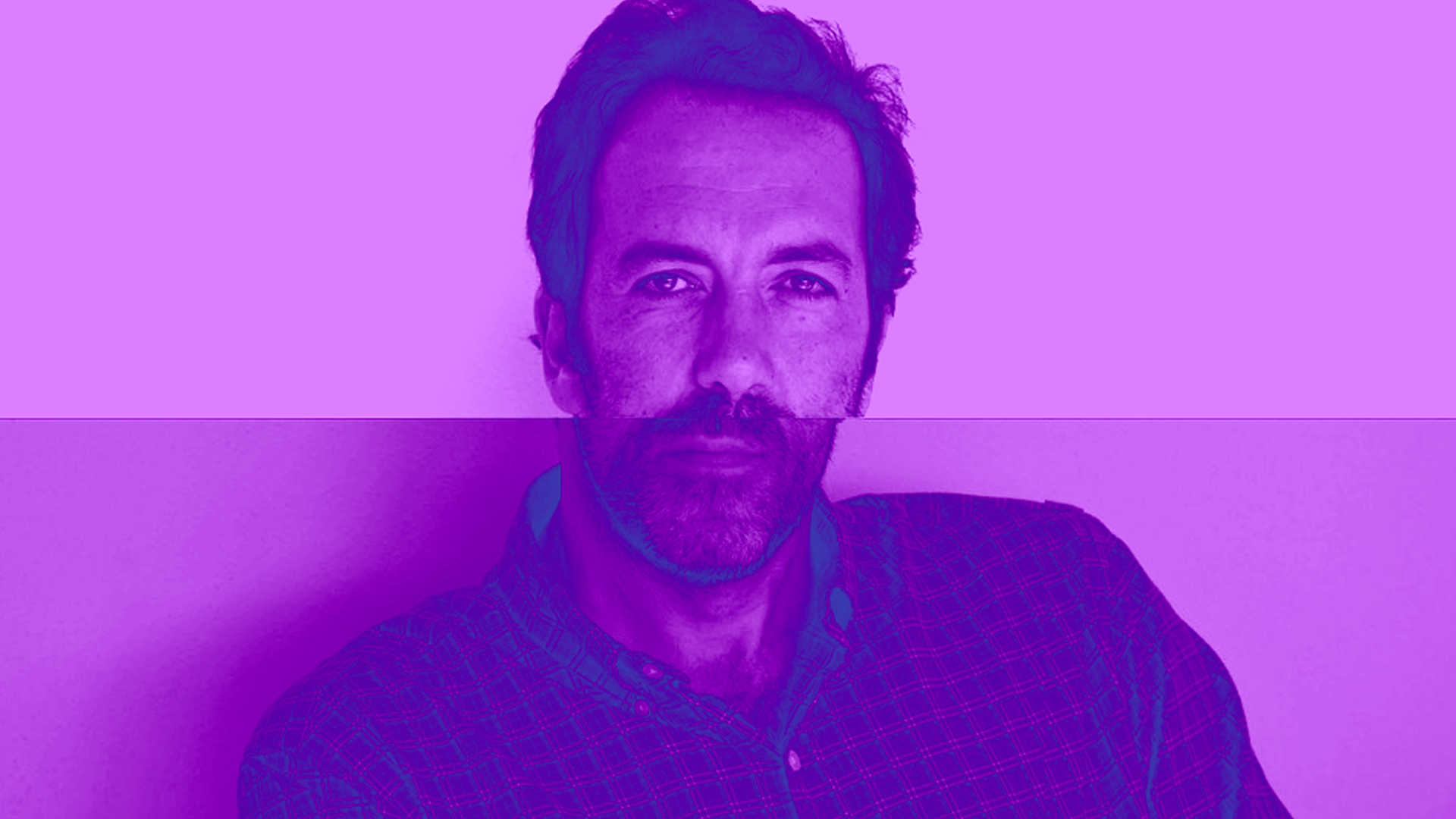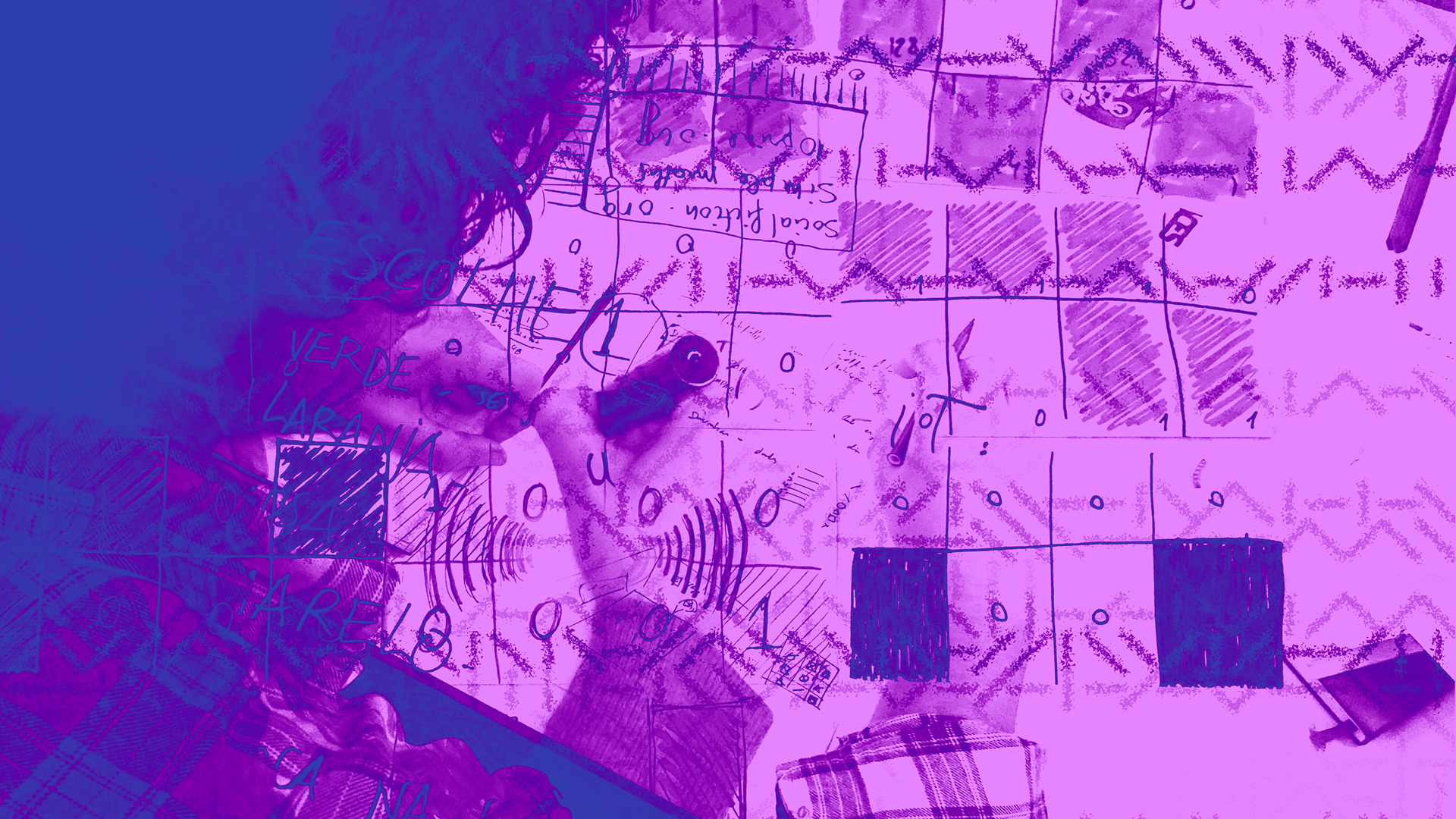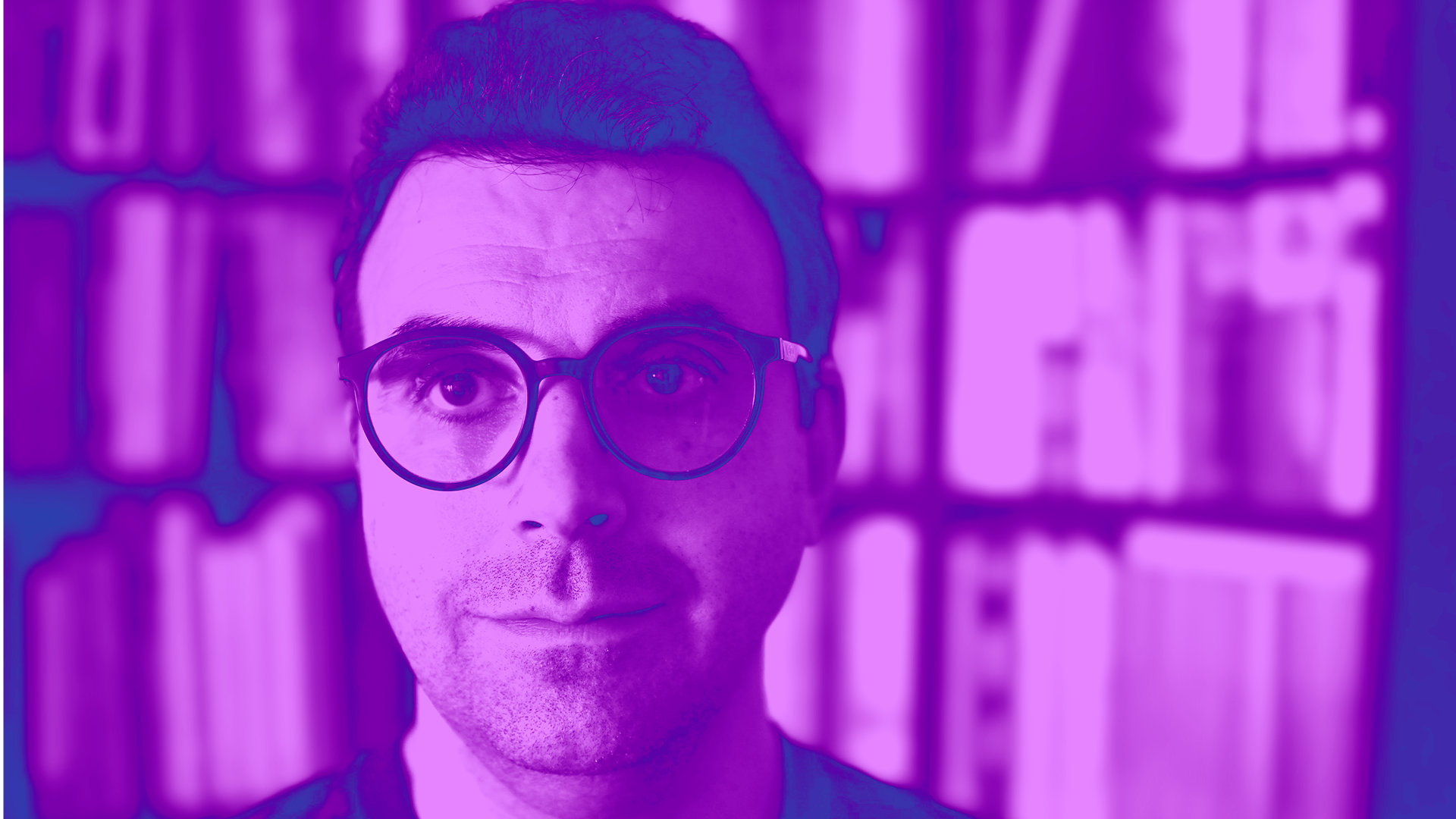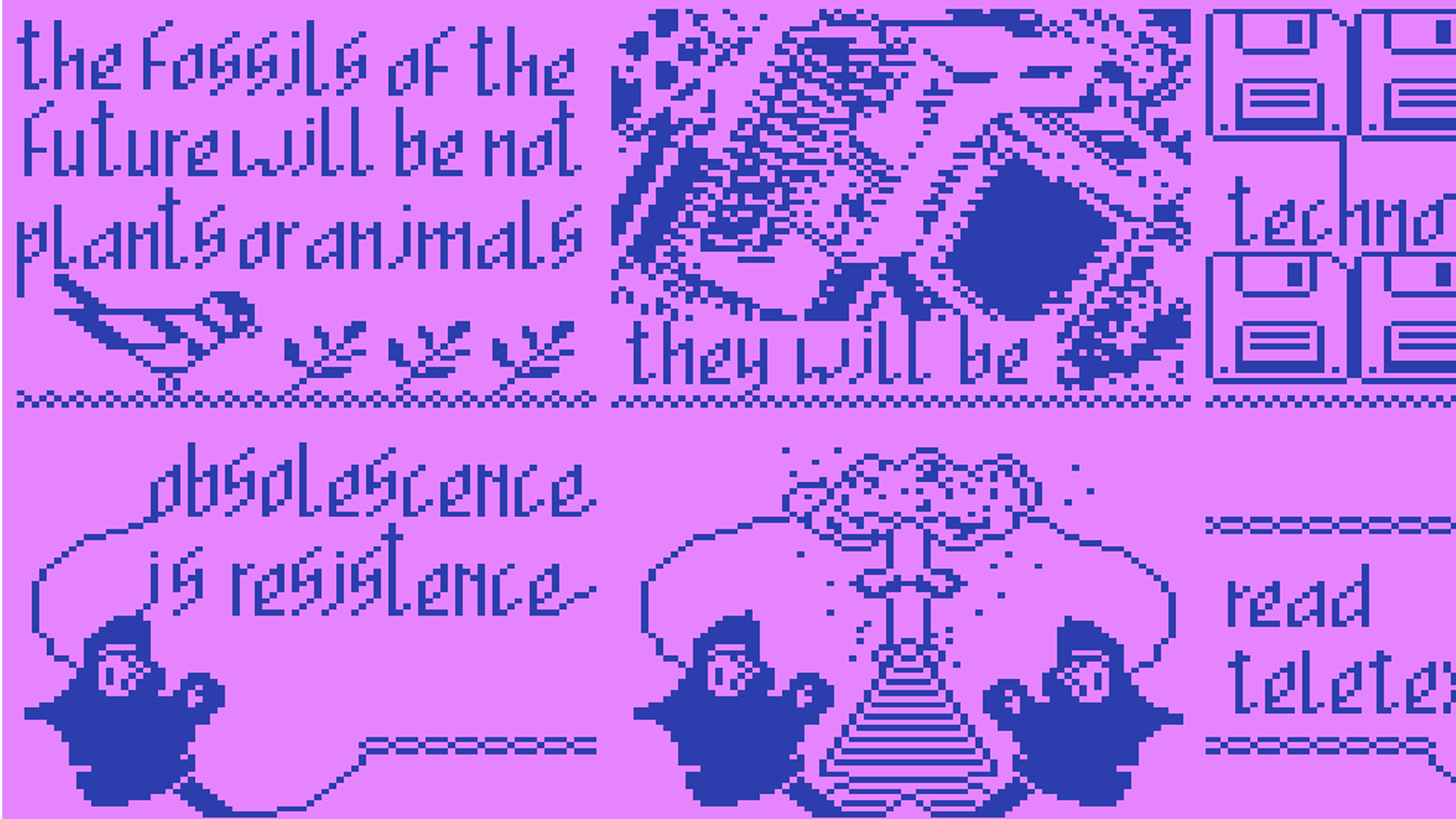2:30pm
KEYNOTE — Obsolescence is Resistance
Raquel Meyers

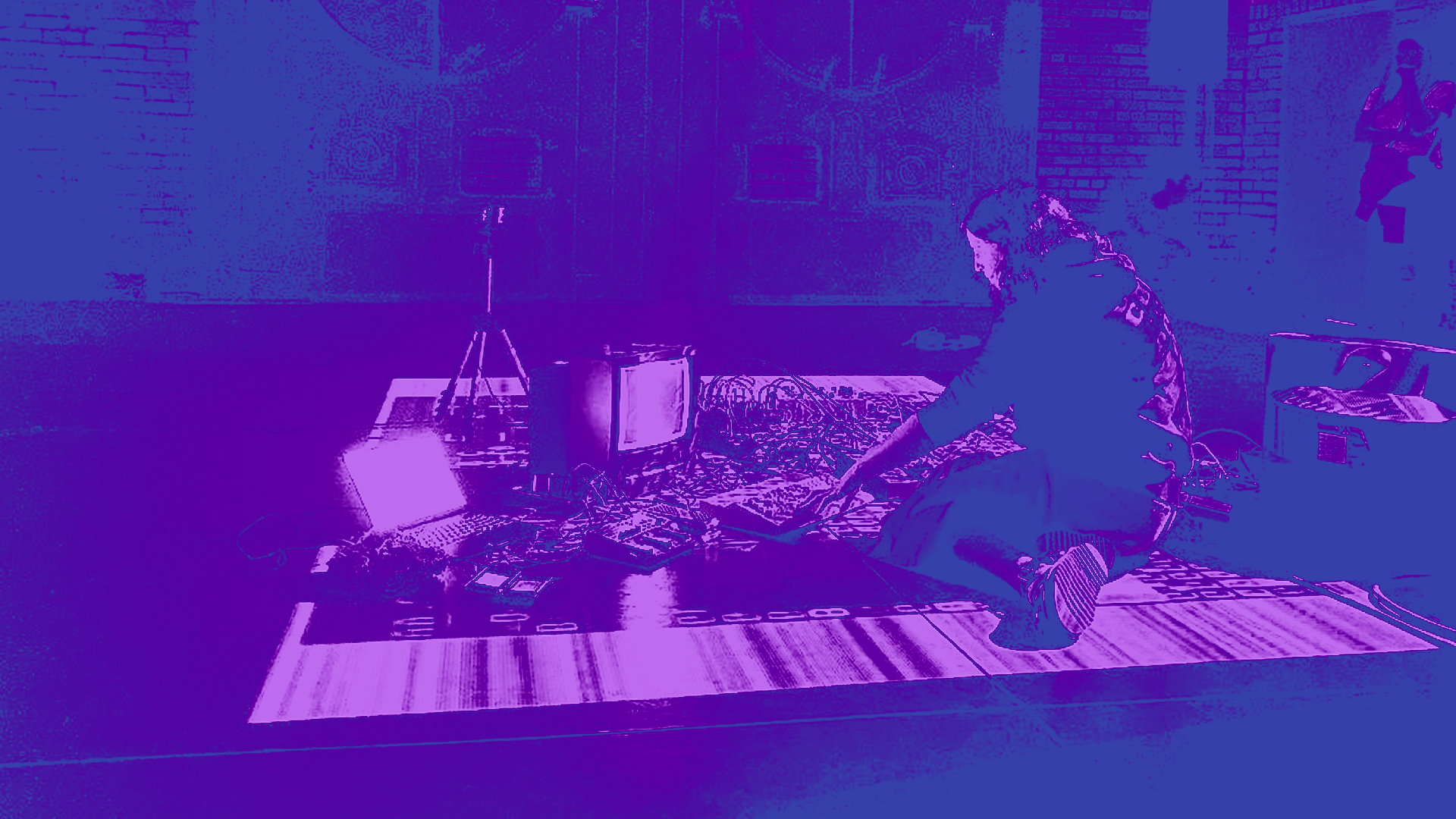
The fossils of the future will be neither plants nor animals but technology whose useful life is governed by the absolutism of programmed obsolescence, generating tons of Techno-rubble.
This practice is not the product of a malfunction, but of the logic of consumption submitted to a Techno-Totalitarian Reich[*]. We can still resist.
[*] Berardi, Franco “Bifo” "(Sensitive) Consciousness and Time: Against the Transhumanist Utopia." E-flux Journal 98 (February 2019).
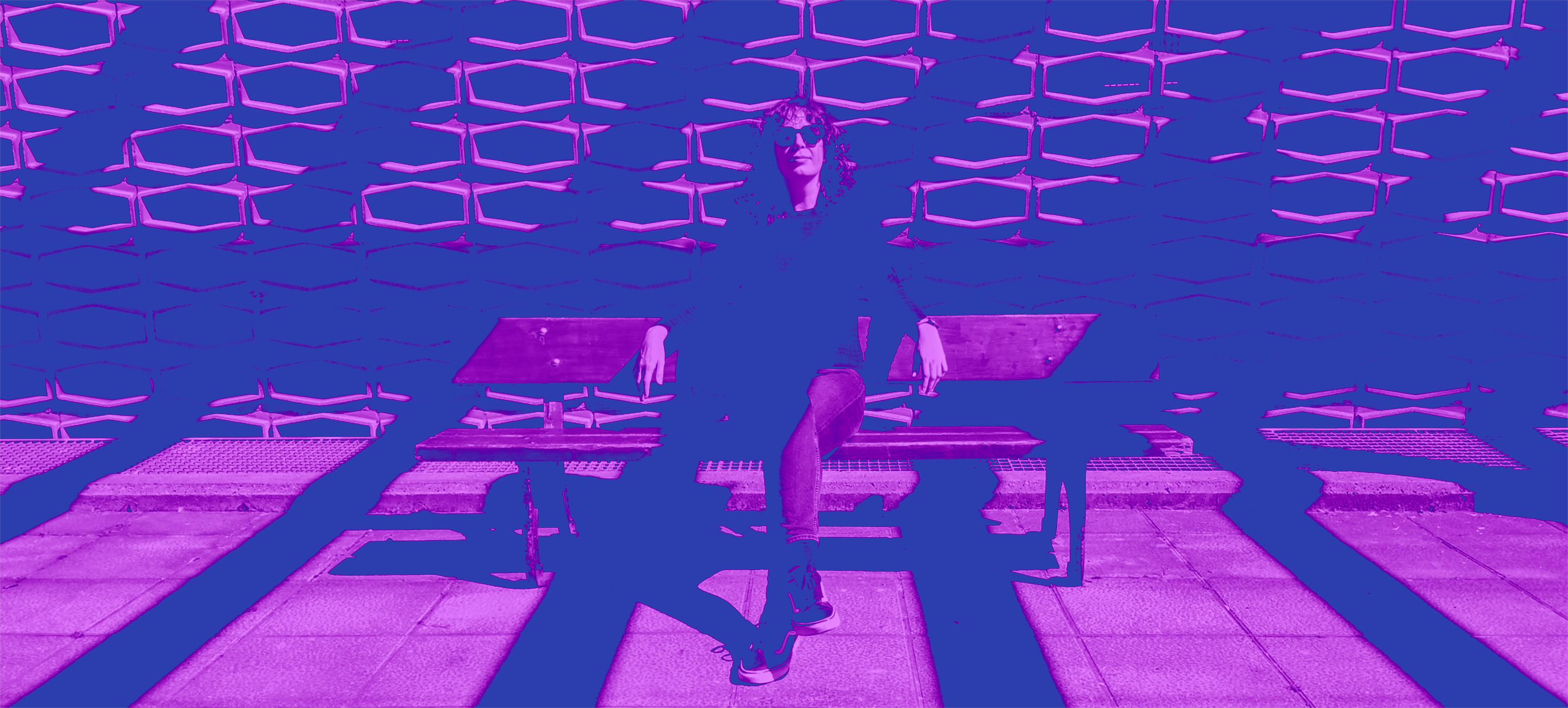
Raquel Meyers (Cartagena, Spain, b. 1977) works with obsolete technologies like the Commodore 64, Teletext, typewriters or fax machines mixed with photography, animation and embroidery, among other techniques. She defines her practice as KYBDslöjd [mecanografía expandida] whose significance can be defined roughly as a manual skill with a keyboard. It is based on and refers to the typewriter, Concrete Poetry, Demoscene and Brutalism. The keystrokes contribute to the execution, while poetry contributes to a system, through revealing the architecture of PETSCII, the raw and unadorned character set of Commodore 64. Her work has been shown in art centers, galleries and festivals such as Ars Electronica, Transmediale, Xpo Gallery, La Casa encendida, Liste Art Fair Basel, P21 Seoul, la Maison des Auteurs Angoulême, BmoCA, SeMA NANJI, La Gaîté lyrique, Tokyo Blip Festival, Square Sounds Melbourne, BilbaoArte, LABoral, Denver Digerati, iMAL, Piksel, Shibuya Pixel Art, LEV, MFRU, HeK, ETOPIA, Eufònic Urbà…
see website
3:15pm
ROUNDTABLE
Eduardo Morais (Moderator)
André Rangel, Pedro Cardoso, Raquel Meyers, Sofia Ponte

As software eats the world, is there a place for a sense of Wonder before digital media?
PCD25@Porto will host a roundtable to discuss the role of wonder in present practices and critiques of digital technology. Four practitioners and researchers from diverse backgrounds will discuss how Wonder has shaped technology acceptance and whether practices of engagement with rudimentary digital materials can go beyond nostalgia and offer avenues for reclaiming new aesthetics and ethics of interaction.

Eduardo Morais (Porto, 1979) is a lecturer at the Faculty of Engineering at the University of Porto and at the Maia Polytechnic Institute. He has a bachelor's degree in film and video and later obtained a PhD in Digital Media with his work about creative code within arts education.
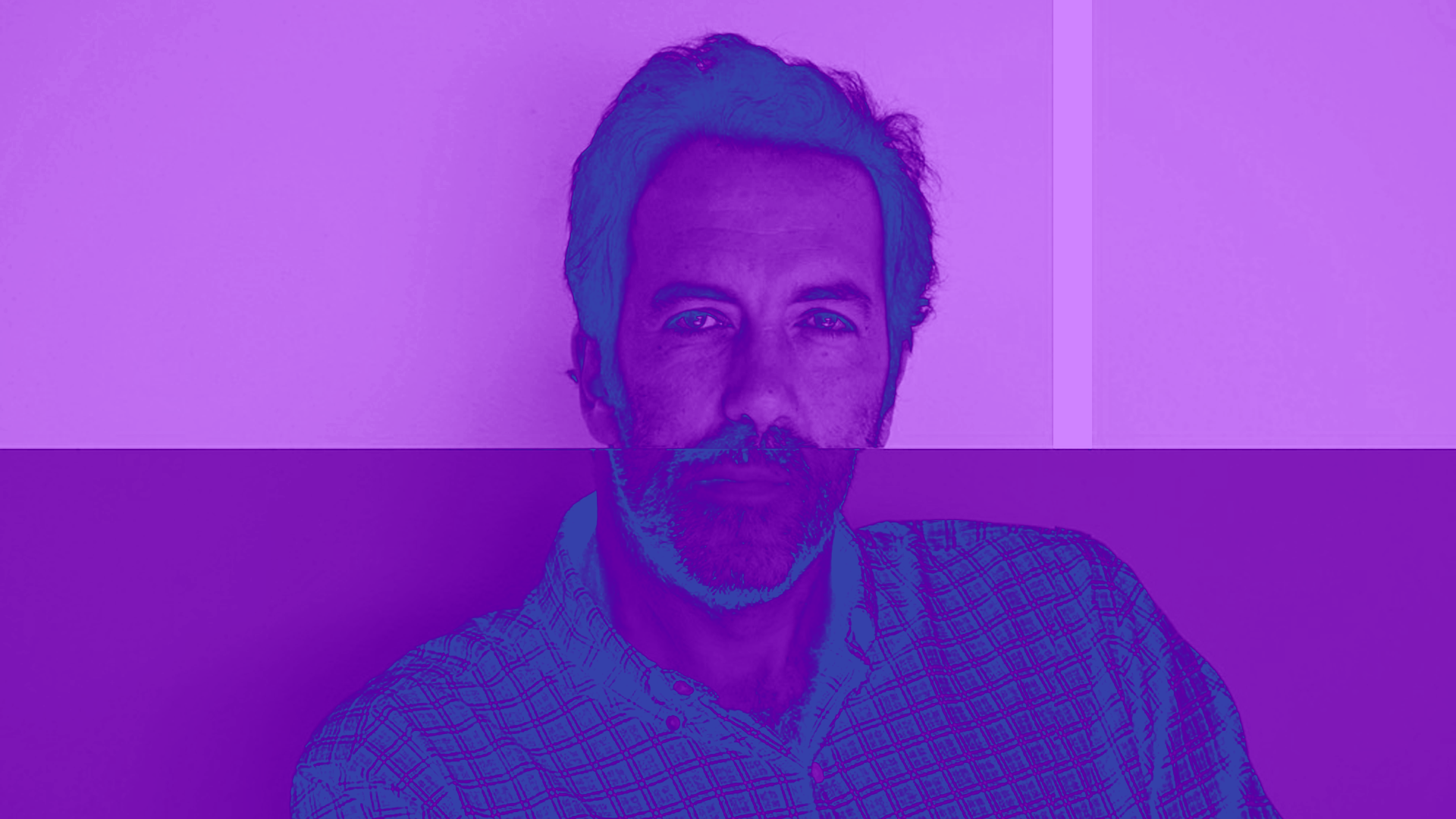
André Rangel, 1971. Artist and Designer. Conceives and produces contemporary events in the field of practice and thought, as means of artistic expression. He has been developing and disseminating knowledge and skills inherent to the process of making and experiencing intermedia, interactive and multi-sensory artworks. Holds a PhD in Science and Technology of the Art, a Master in Digital Arts and a degree in Communication Design. Is Assistant professor at Fine Arts Faculty of Porto University, Integrated Researcher at CITAR – Research Center Research Center for Science and Technology of the Arts – and collaborates with i2ADS – Research Institute in Art Design and Society. Director and founder of the studio http://3kta.net, co-organizer and co-founder of xCoAx – International Conference on Computing, Communication, Aesthetics and X.
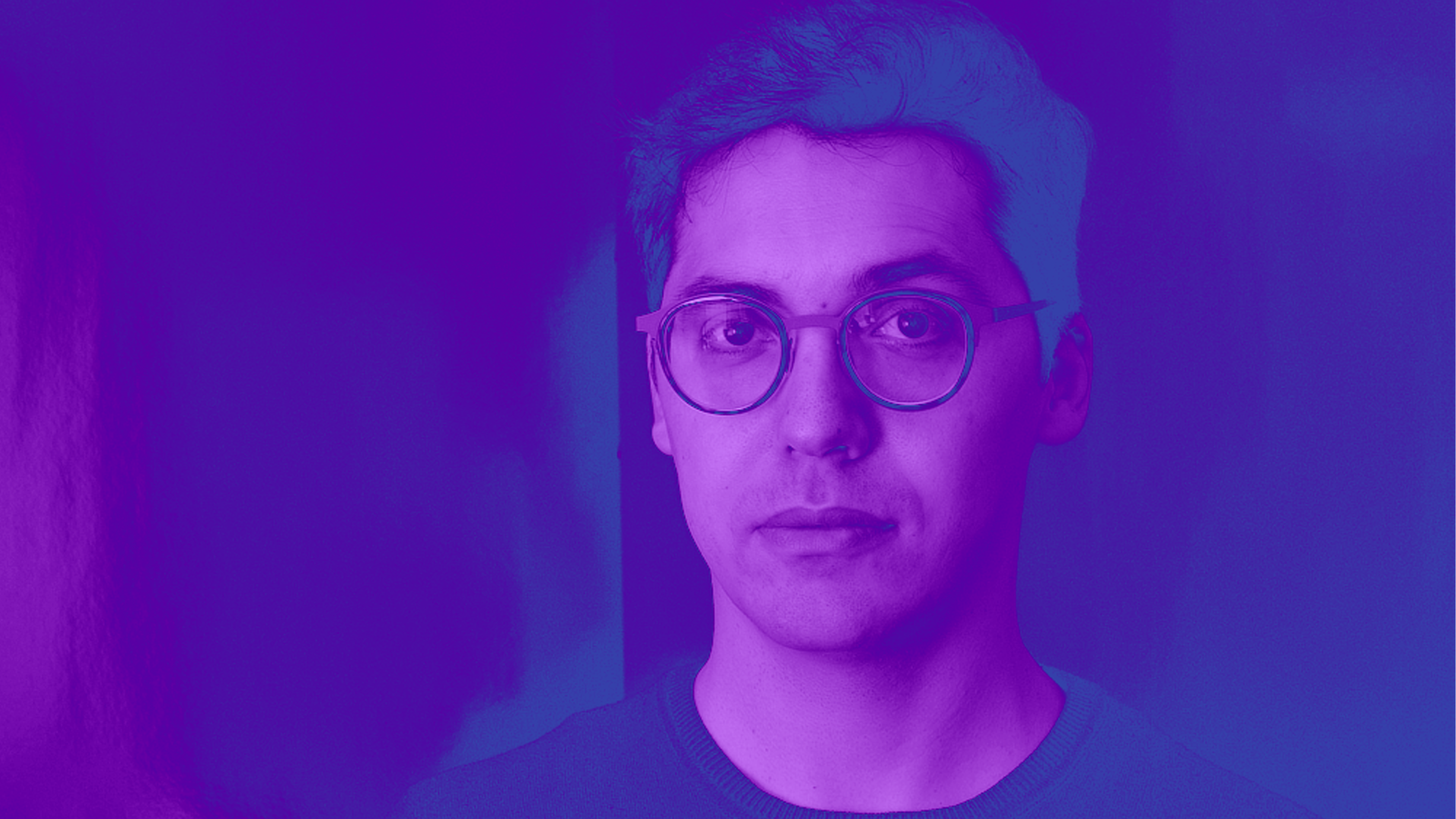
Pedro Cardoso is a Designer, an Assistant Professor at the Faculty of Fine Arts of the University of Porto, and a researcher at i2ADS: Research Institute in Art, Design and Society. His work, in the scope of Art, Design, Interaction and Experience, develops in multidisciplinary contexts, focusing on the exploration of poietic and aesthetic processes of games and computational systems. His interests lie in their study as artefacts for creative thinking and innovation, and critical work for affective experiences and social intervention.

Raquel Meyers (Cartagena, Spain, b. 1977) works with obsolete technologies like the Commodore 64, Teletext, typewriters or fax machines mixed with photography, animation and embroidery, among other techniques. She defines her practice as KYBDslöjd [mecanografía expandida] whose significance can be defined roughly as a manual skill with a keyboard. It is based on and refers to the typewriter, Concrete Poetry, Demoscene and Brutalism. The keystrokes contribute to the execution, while poetry contributes to a system, through revealing the architecture of PETSCII, the raw and unadorned character set of Commodore 64. Her work has been shown in art centers, galleries and festivals such as Ars Electronica, Transmediale, Xpo Gallery, La Casa encendida, Liste Art Fair Basel, P21 Seoul, la Maison des Auteurs Angoulême, BmoCA, SeMA NANJI, La Gaîté lyrique, Tokyo Blip Festival, Square Sounds Melbourne, BilbaoArte, LABoral, Denver Digerati, iMAL, Piksel, Shibuya Pixel Art, LEV, MFRU, HeK, ETOPIA
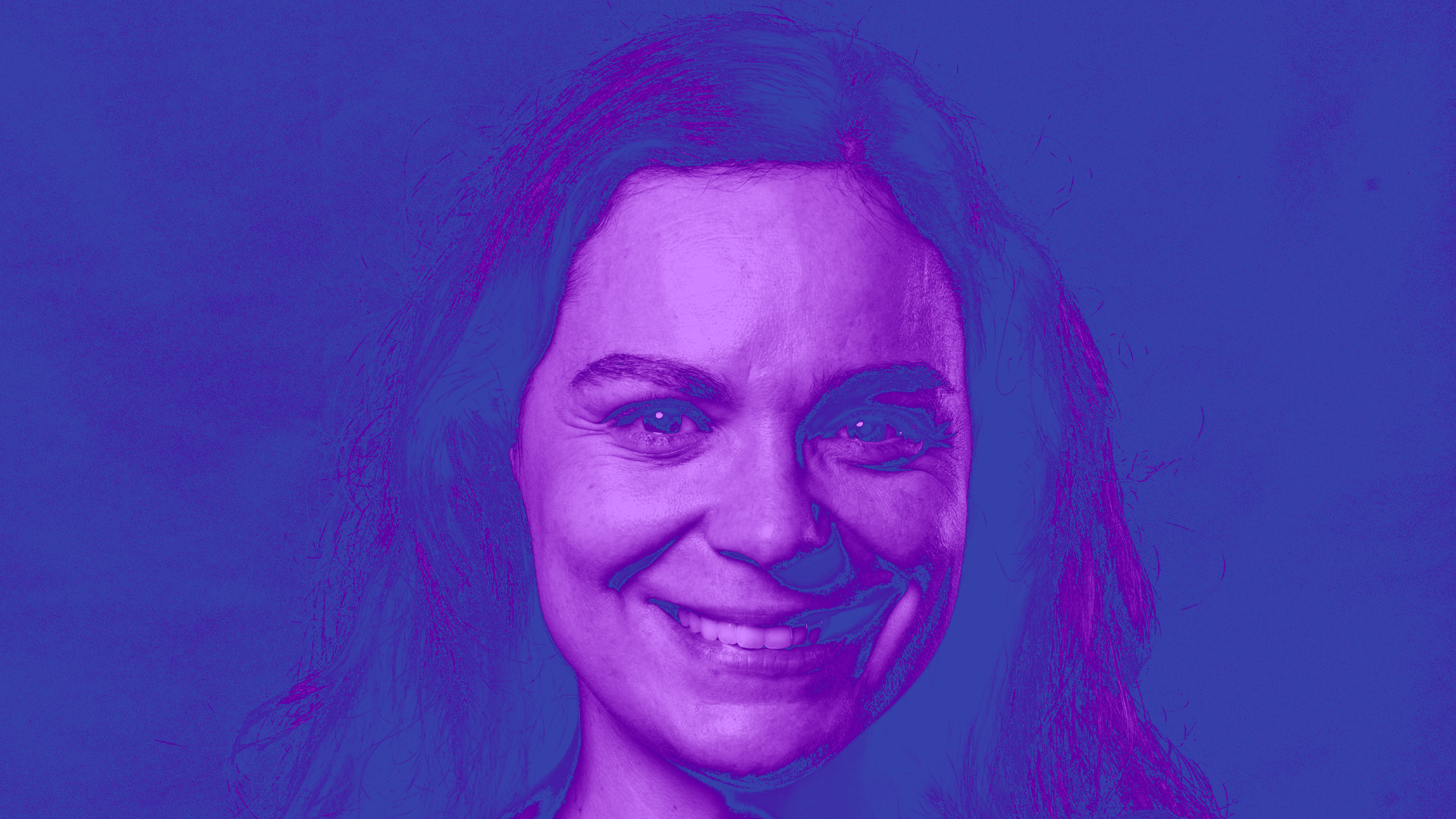
Sofia Ponte is an artist, curator, and researcher working in the intersecting fields of visual arts, design, and technology. Her research interests include women in visual arts, digital art, curatorial studies, new media conservation, and the extension of these areas into exhibitions, collections, and art museums. Recently, she has been focusing on the study of net art in Portugal. She is an assistant professor at IADE – European University in Lisbon and a member of its Research Unit in Design and Communication (UNIDCOM), where she coordinates the Media, Arts, and Design laboratory (MADx lab).
4:30pm
ARTIST TALKS
Online + FBAUP Main Auditorium
Rodrigo Carvalho (Moderator)
Lizzy Brooks, Peter William Holden, Nicolas Lebrun, Tivon Rice

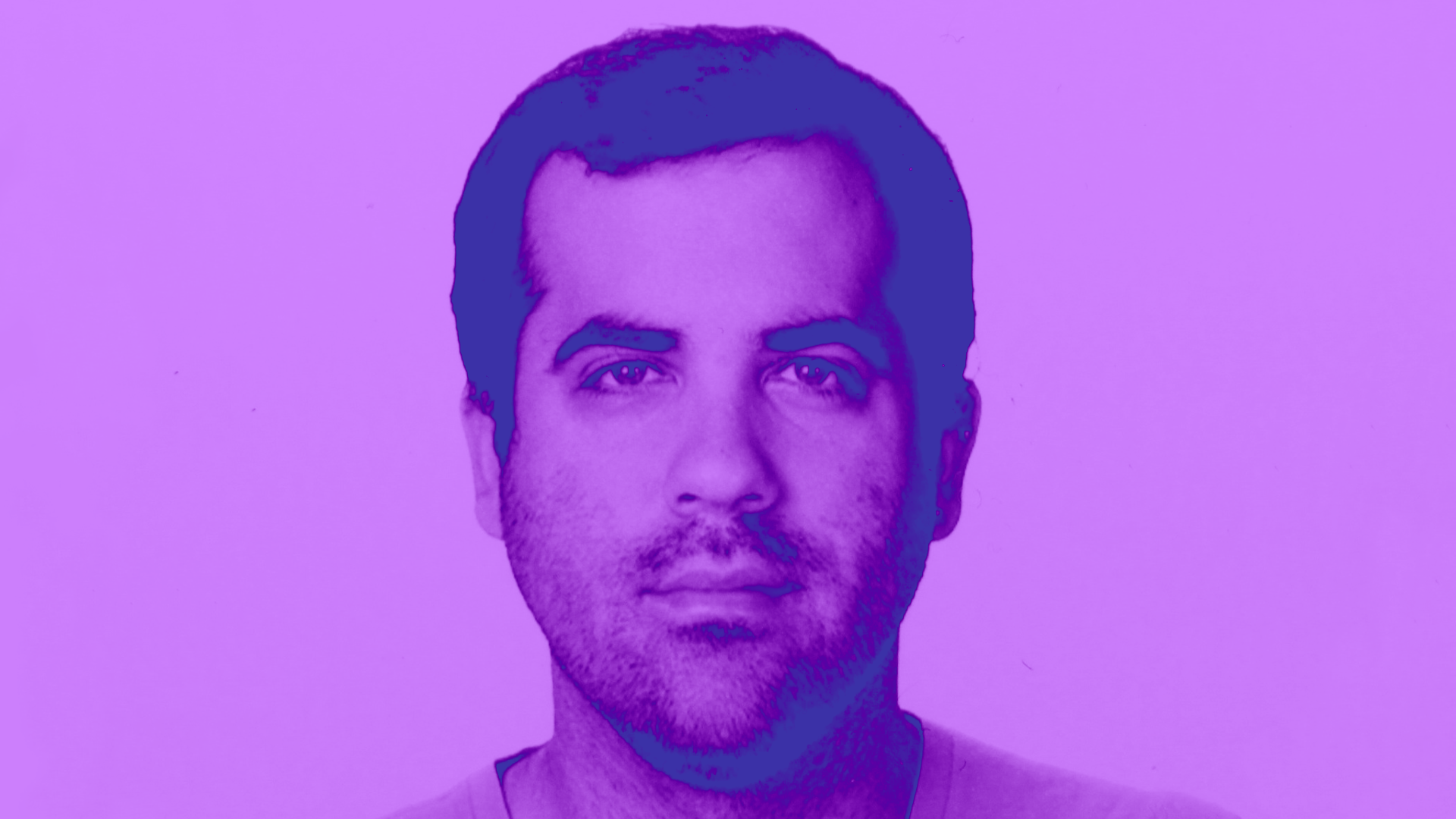
Rodrigo Carvalho (FBAUP/ID+) is a designer & new media artist from Porto/Portugal, Phd in Digital Media (U. Porto/UT Austin Colab, 2018). His work on live visuals, coding, and interactive art involves a wide range of different outputs, from screen digital work, interactive installations, audiovisual live acts, or interactive visuals for stage performances. The visual side of BorisChimp504 and co-founder of Openfield Creative Studio.

Lizzy Brooks is an artist, technologist and high school computing teacher based in San Francisco. Working in community, she seeks to merge personal and political narratives to trace the nuanced boundaries of the self, as it bleeds into cultural identity, the city and the land, and technology. Both her art and teaching practices focus on inclusion— she works to demystify jargon, to create experiences that are accessible, intuitive and welcoming. She is also a mother of two young children, whose curiosity and wonder gives her a constant source of inspiration.

Peter William Holden investigates ways to expand cinematic language by using sculpture as a medium for communicating experimental animation. In this process, he combines computational devices with robotic and mechanical components to create mandala-inspired kinetic sculptures. He views these sculptures as a medium — an essential step in realizing what he believes is the primary focus: the ephemeral animations or choreographies that emerge when these sculptures are in motion. Currently, he is delving into more conceptual ideas related to time and perception. His recent projects utilize unconventional slow frame rates to produce what he defines as ambient animation.

Born in Carpentras, France (1985), Nicolas Lebrun graduated from Montpellier's Ecole des Beaux-arts, where he still works. His art evolved from interactive installations to protocol-based series existing in both digital and physical spaces. Lebrun explores spatial perception, investigating how 2D planes can convey depth. His distinctive visual language features leaning cubes, wire renderings, primitive shapes and polygon tangles arranged in modular systems. Each project functions as a dynamic system where transformative processes simultaneously build and deconstruct compositions, creating new visual relationships through deliberate alteration.
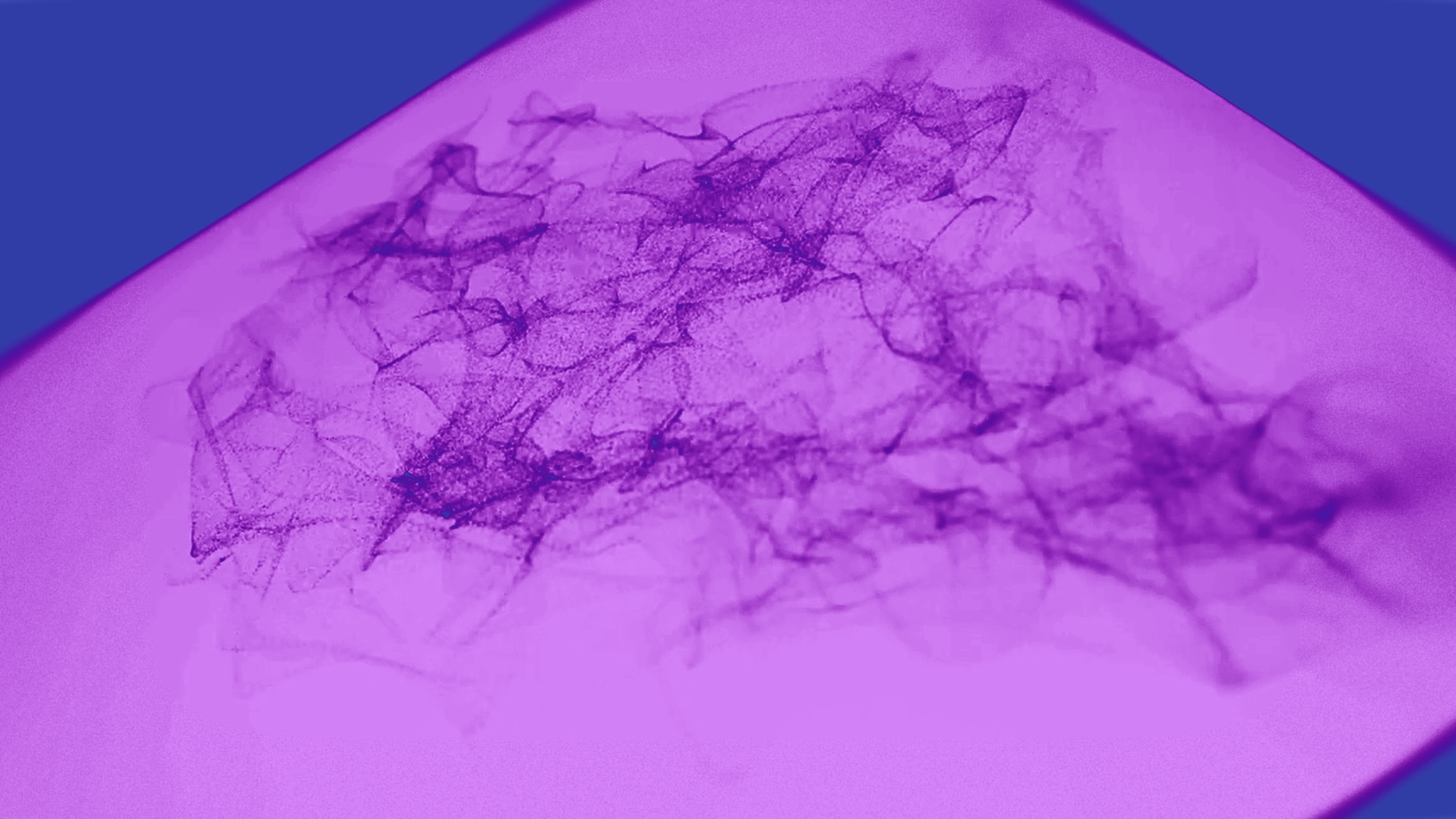
Tivon Rice is an artist and educator working across visual culture and technology. Based in Seattle, his work critically explores representation and communication in the context of digital culture and asks: how do we see, inhabit, feel, and talk about these new forms of exchange? How do we approach creativity within the digital? What are the poetics, narratives, and visual languages inherent in new technologies? And what are the social and environmental impacts of these systems? Rice is a Fulbright scholar (Korea 2012) and holds a PhD in DXARTS from the University of Washington where he is currently Assistant Professor.
